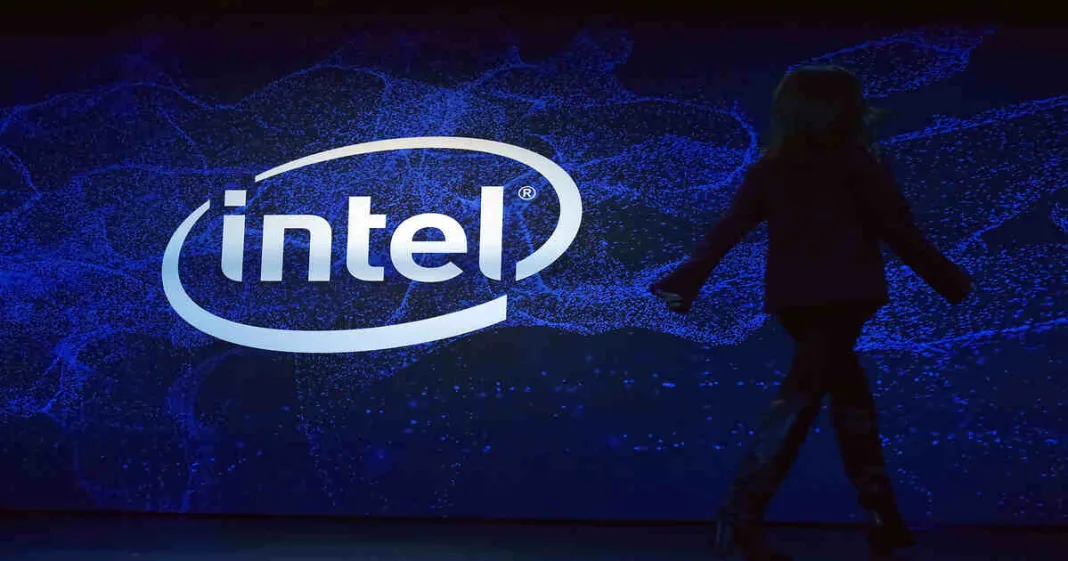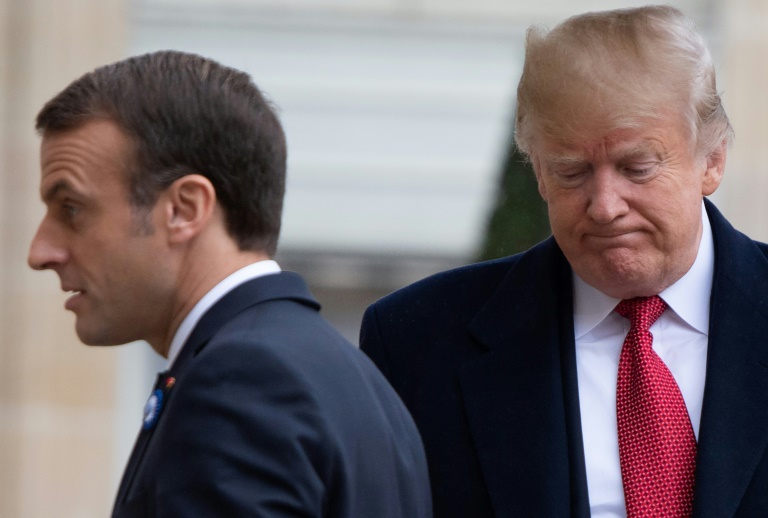Intel Corporation announced on Thursday that it will cut more than 15% of its workforce, totaling approximately 17,500 employees, and suspend its dividend starting in the fourth quarter. This significant move is part of a broader strategy to revitalize its struggling manufacturing business and address financial challenges.
Workforce Reductions and Dividend Suspension
The job cuts will primarily affect Intel’s headquarters, with CEO Pat Gelsinger emphasizing a need for more personnel in the field to support customers. “I need fewer people at headquarters, more people in the field, supporting customers,” Gelsinger told Reuters. The majority of these layoffs are expected to be completed by the end of 2024.
Read More: Biden Administration in Talks to Grant $10 Billion Subsidies to Intel
In addition to workforce reductions, Intel has decided to suspend its dividend payments. Gelsinger stated that the company aims to maintain a competitive dividend over time, but current priorities include focusing on the balance sheet and reducing debt.
Financial Struggles and Market Reaction
Intel’s financial outlook has been challenging, with third-quarter revenue forecasts falling below market expectations. The company expects revenue between $12.5 billion and $13.5 billion, significantly lower than analysts’ average estimate of $14.35 billion. The company’s stock plummeted 20% in extended trading, erasing over $24 billion in market value, following a 7% drop during regular trading hours. This decline was compounded by a conservative forecast from Arm Holdings, which led to a broader slump in U.S. chip stocks.
AI Chip Market and Manufacturing Investments
Intel has been grappling with a shift in the semiconductor industry, with increasing demand for AI chips where it lags behind competitors like Nvidia and AMD. Despite these challenges, Nvidia and AMD saw their shares rise in after-hours trading, highlighting their stronger positions in the AI boom.
Intel’s efforts to transform its manufacturing capabilities have been costly and time-consuming. The company is heavily investing in advanced manufacturing technologies, including the adoption of extreme ultraviolet lithography tools. However, these investments have strained Intel’s profit margins and increased its operational costs.
Cost-Cutting Measures and Future Prospects
To address its financial woes, Intel announced plans to reduce operating expenses and capital expenditures by over $10 billion by 2025, exceeding its initial projections. This cost-cutting initiative reflects management’s commitment to taking drastic measures to stabilize the company. However, analysts like Michael Schulman from Running Point Capital express skepticism about the sufficiency and timeliness of these actions, given Gelsinger’s three-year tenure as CEO.
Read More: Will the ‘Boycott Israel’ Police Boycott Intel for Giving Israel its Biggest Investment Ever?
Intel’s foundry business, aimed at competing with Taiwan’s TSMC, is a critical component of its turnaround strategy. However, analysts anticipate that it will take years for Intel to close the gap with TSMC, which continues to lead in advanced chip manufacturing.














